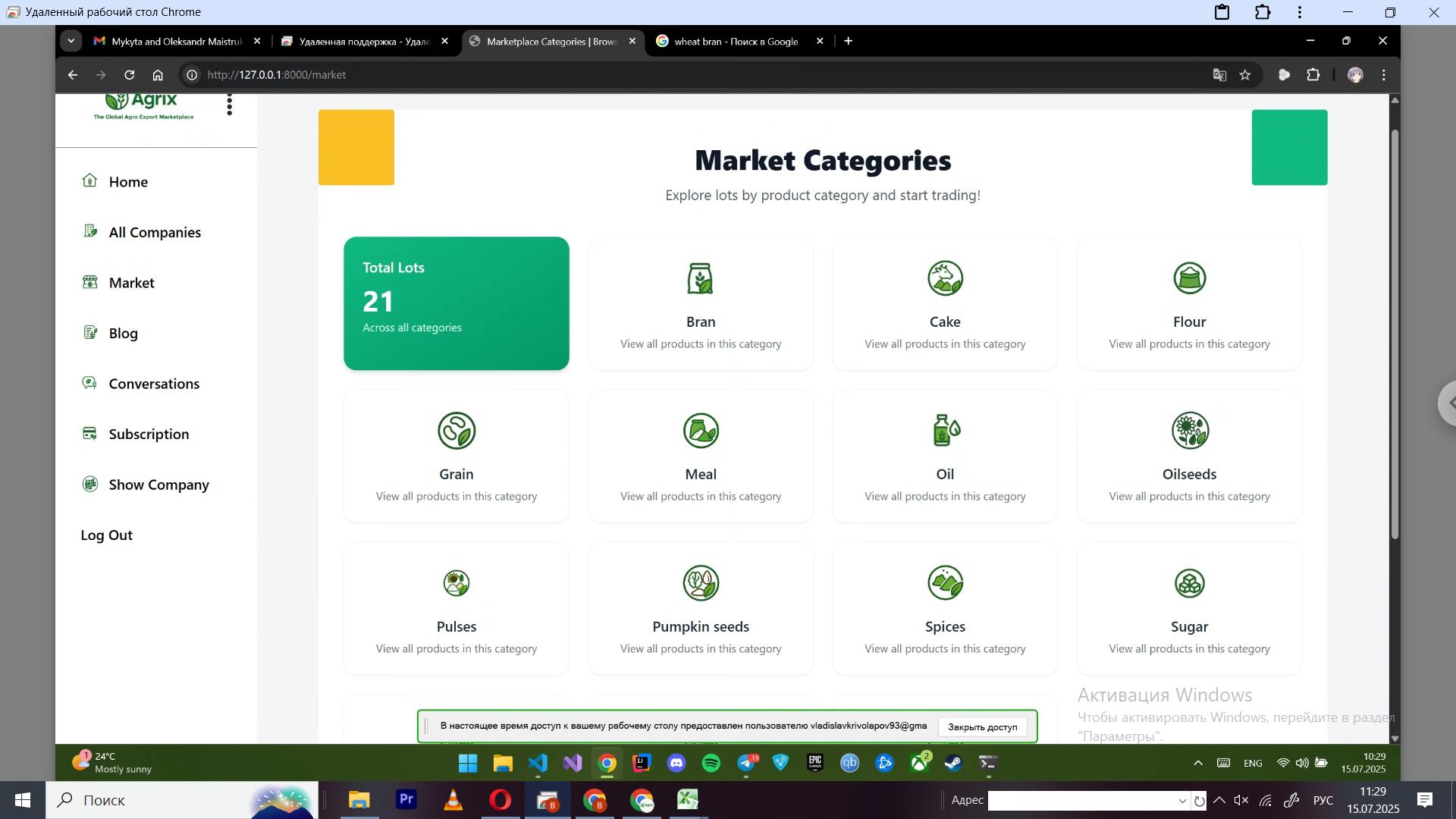Top Agro Import Markets in 2025: What Buyers Are Looking For

According to the OECD FAO Agricultural Outlook 2025–2034, global agricultural and fish consumption is expected to grow by around 13% by 2034. Most of this growth will come from low- and middle-income countries, driving demand for imports of grains, oilseeds, dairy, and processed foods.
Middle-income economies are set to be the main growth engines, supported by urbanization and rising household incomes.
2. Leading Agro Import Markets in 2025
🇨🇳 China
Remains the world’s largest soybean importer, accounting for about 60% of global trade.
Increasingly shifts from the U.S. to Brazil due to pricing advantages and tariff tensions.
Also a major importer of corn, wheat, and feed grains for livestock.
🇺🇸 United States
Recorded $263 billion in agricultural imports in 2024 — an all-time high.
Exports fell to about $191 billion, pushing the agricultural trade deficit to a projected $49.5 billion in FY 2025.
Main suppliers: Canada, Mexico, EU, Brazil, China.
🇪🇺 European Union
One of the top global importers, especially for fruits, wine, oils, and specialty foods.
A key destination for exporters from the U.S., Brazil, and Canada.
🇯🇵 Japan & 🇰🇷 South Korea
Strong demand for rice and processed foods.
Japan expanded its tariff-free quota for U.S. rice to 770,000 tonnes/year under WTO agreements.
🌏 South & Southeast Asia
Fast-growing markets for feed grains, wheat, and oilseeds, driven by dietary shifts toward meat, dairy, and processed food.
Key countries: Bangladesh, Philippines, Vietnam, Indonesia.
🇪🇬 Egypt, 🇹🇷 Turkey & 🇰🇪 Kenya (Africa & MENA)
Egypt remains the world’s largest wheat importer, diversifying beyond traditional suppliers such as Russia and Ukraine.
Turkey — despite being a major producer of fruits and vegetables — is still a net wheat importer.
Kenya is expanding imports of grains, pulses, and dairy to meet urban population growth.
3. What Buyers Want in 2025
📌 Price Competitiveness & Supplier Diversification
Asian buyers (China, Korea, Japan) are moving from U.S. to Brazilian soybeans — Brazil supplied around 54% of China’s soybean imports in early 2025.
Bangladesh signed a five-year contract for 700,000 tonnes of U.S. wheat to reduce supply risks.
📌 Tariff Exposure & Supply Security
New U.S. tariffs (up to 50%) on Brazilian orange juice and other agri-exports are forcing Brazil to seek alternative markets such as India, South Korea, and Australia.
Greek olive oil producers are redirecting shipments to Brazil and Australia ahead of the planned 30% U.S. tariff.
📌 Logistics, Quality & Compliance
Importers demand consistent quality, on-time delivery, compliance with sanitary and phytosanitary standards, and transparency on shipping and insurance.
📌 Value-Added & Specialty Products
High-value items like fruits, nuts, beverages, essential oils, and processed foods remain strong performers.
In 2024, horticultural products accounted for about 50% of the value growth in U.S. and EU imports.
4. Summary — Key Markets & Buyer Priorities
China — soybeans, corn, wheat. Buyers prioritize competitive pricing, supplier diversification (Brazil vs U.S.), and feed demand.
United States — fruits, tree nuts, beverages. Focus on year-round supply, processed goods, and tropical imports.
European Union, Japan, South Korea — wine, oils, specialty foods. Demand for high quality, traceability, and standards compliance.
South & Southeast Asia — wheat, feed grains, pulses. Strong need for grain supply to support expanding livestock and dairy sectors.
Egypt, Turkey, Kenya — wheat, oilseed products. Focus on cost-efficiency and diversification of supply sources.
About Generic H2 (Embedded)
This blog post is published by Generic H2 (Embedded), an active participant on our trading platform. The content reflects company insights, product knowledge, or market trends relevant to their industry. Articles like this one help boost SEO visibility and offer valuable information for future visitors and potential partners.